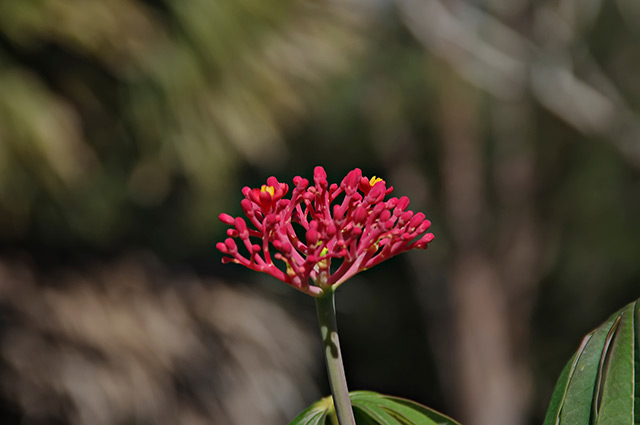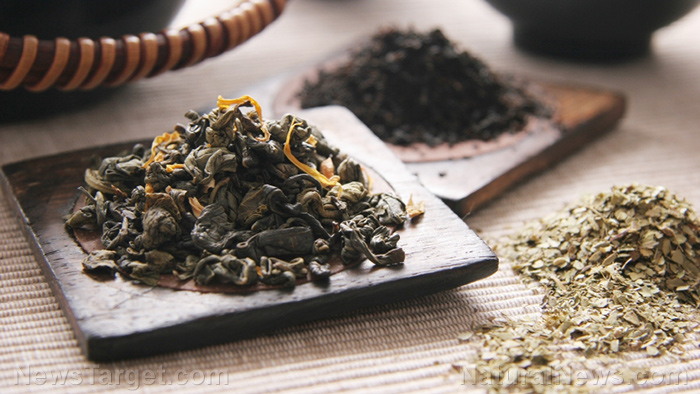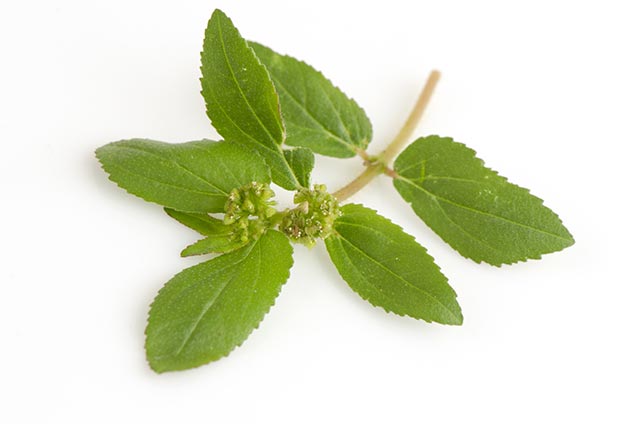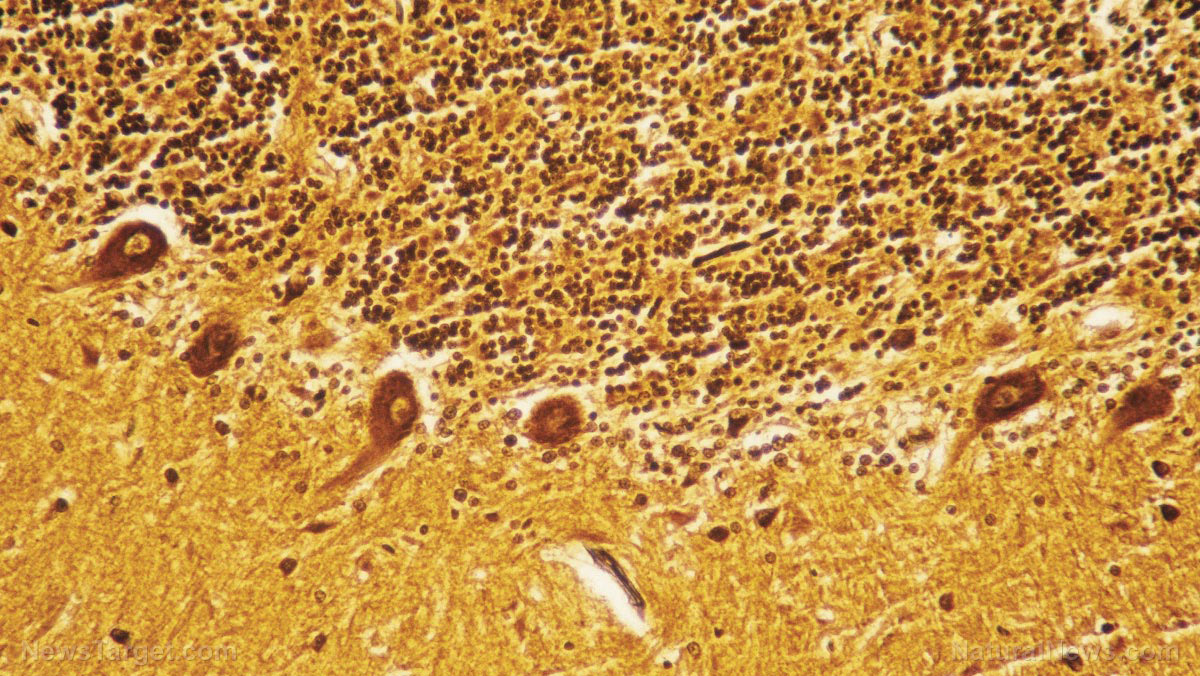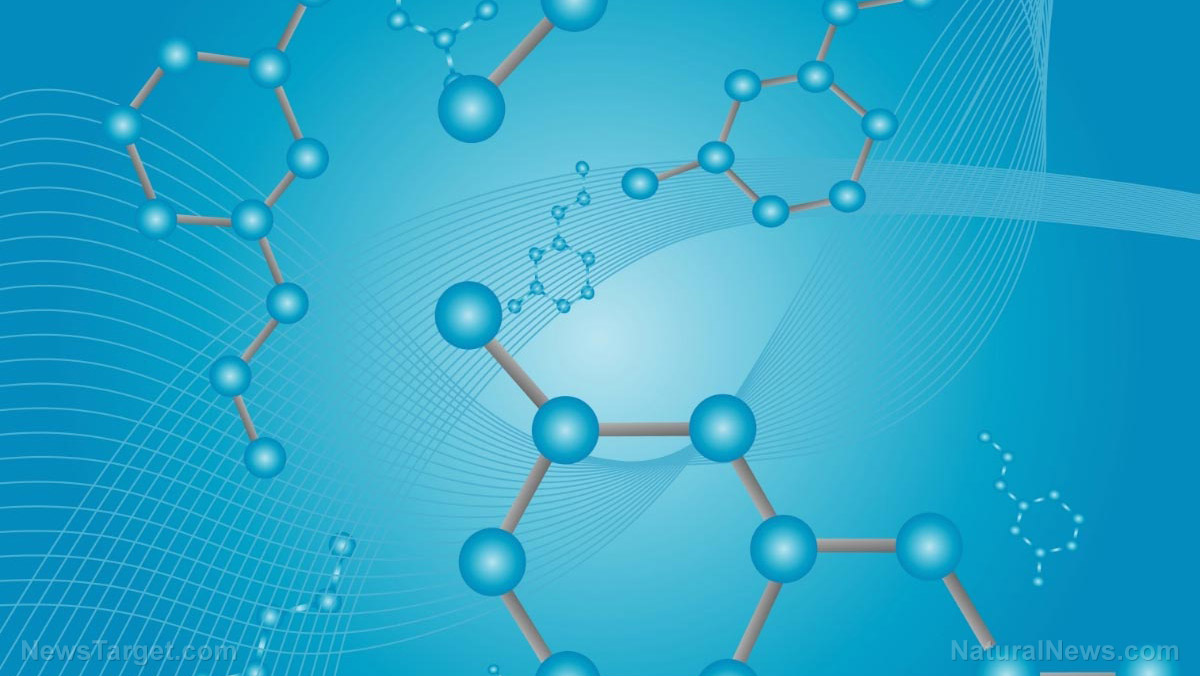Global antibiotic resistance killing thousands: Natural alternatives only viable medicine left
10/03/2017 / By Tracey Watson

By now, most people are aware that many common bacteria have become resistant to the antibiotic medications commonly prescribed to defeat them. When antibiotics lose their ability to control common and potentially deadly diseases, it is referred to as antibiotic resistance. These pathogens are commonly known as “superbugs.” Over the past few years, an increasing number of once easily treatable diseases have become life-threatening once more, as pathogens have become resistant to all known chemical antibiotic treatments.
These diseases, which include drug-resistant tuberculosis (TB) and malaria, already kill around 700,000 people globally each year, however, the problem is set to become far worse. The world is teetering on the brink of a time where no existing antibiotic medications are effective anymore.
The World Health Organization (WHO) is urgently warning that the problem of antibiotic resistance could “seriously jeopardize” the progress made in medical treatment in the past 100 years, and that if something is not done about the issue, mankind could be left facing a problem more devastating than cancer. (Related: Discover the most important healthcare issues of our time at Medicine.news)
Too few new drugs in the pipeline
A new report by the health watchdog found that there are way too few new antibiotic drugs being developed to deal with the problem. In addition to too few treatments being developed for killer diseases like TB and malaria, there are also an insufficient number of drugs in the pipeline for the treatment of gram-negative pathogens like Klebsiella and E.coli. As noted by the Daily Mail, these pathogens “can cause deadly infections and pose a particular threat in hospitals and nursing homes.”
While there are currently 51 new antibiotic treatments in development, the WHO found that only eight of these are “innovative” treatments – the rest are basically just modifications of existing drugs.
Rather than looking to natural antibiotic treatments which have been used successfully for thousands of years to treat infection, the WHO is trying to force pharmaceutical companies to create new antibiotic treatments. The organization proposes that pharma companies be given a choice: “Play or pay.” Either they urgently join the search for innovative antibiotic treatments, or they pay a fine. Those companies which come up with new treatments would be rewarded financially.
While this approach will probably work, given Big Pharma’s greed and keen appreciation for the bottom line, there are natural remedies which require no handsome rewards (blackmail payments), are readily available and accessible, don’t cost a fortune, and are free of side effects.
Natural antibiotics that work as well as or better than chemical treatments
Colloidal silver: Not only is colloidal silver as good as chemical antibiotics – it’s better! Commonly prescribed by doctors to treat infection before antibiotics became commonplace, studies have confirmed that colloidal silver is an effective treatment against “several hundred pathogenic organisms.”
Garlic: Used around the world for thousands of years to treat and prevent infection, garlic treats even superbug infections like Methicillin-resistant Staphylococcus aureus (MRSA). Garlic kills bacteria and free radicals, and is even effective against viruses – which antibiotics have never been able to treat.
Echinacea: Though most of us are only familiar with echinacea as a way to prevent and treat colds and flu, in reality it is a potent antibiotic, which like garlic, can treat antibiotic-resistant bacteria like MRSA.
Pau D’Arco: A less well known, but no less effective natural antibiotic, Pau D’Arco is a South American herb that treats bacteria, viruses, funguses and even has cancer-fighting properties.
Manuka honey: This powerful natural antibiotic is native to Australia and New Zealand, and when applied topically can destroy pathogens for which no chemical medicine exists, like flesh-eating bacteria and MRSA.
In addition to being natural and having no side effects, nature’s antibiotics are superior because pathogens have been unable to build up resistance to them. As always turns out to be the case, nature has had the answer to the problem all along.
Sources include:
Tagged Under: antibiotic development, antibiotic resistance, Antibiotics, Colloidal Silver, Echinacea, garlic, manuka honey, natural antibiotics, natural medicine, pau d'arco, remedies, superbugs, WHO








